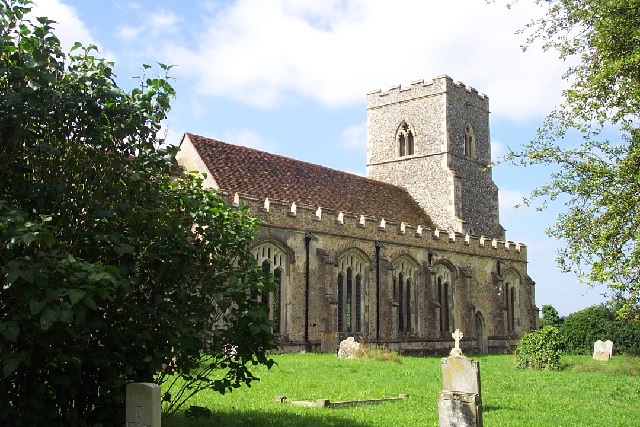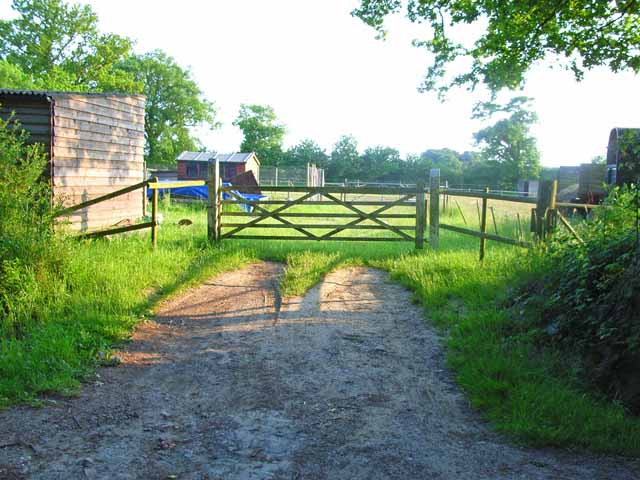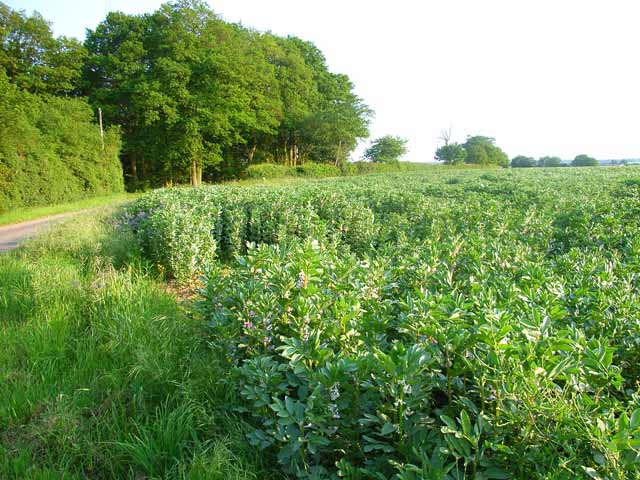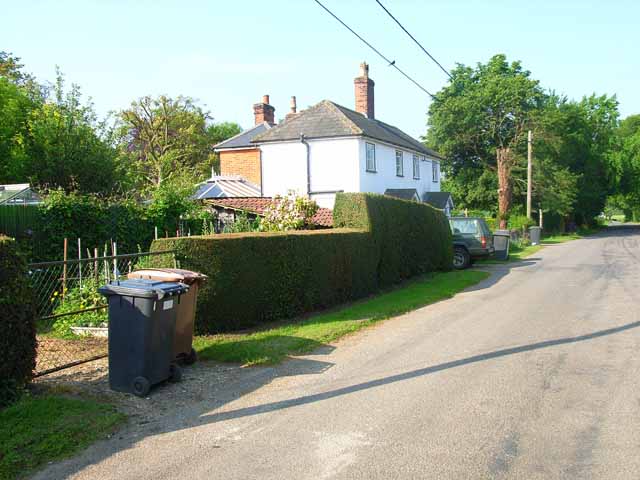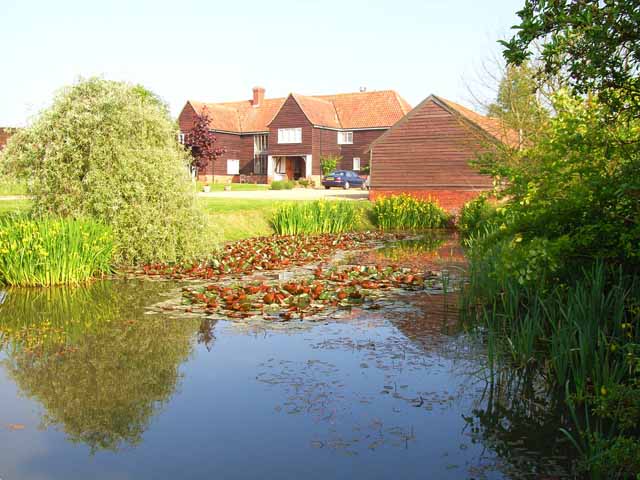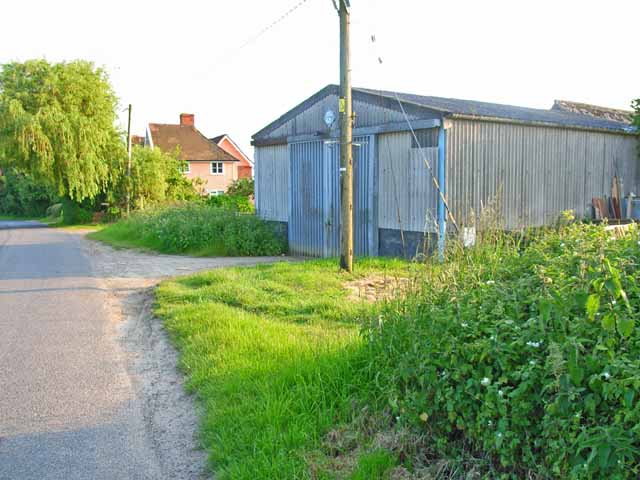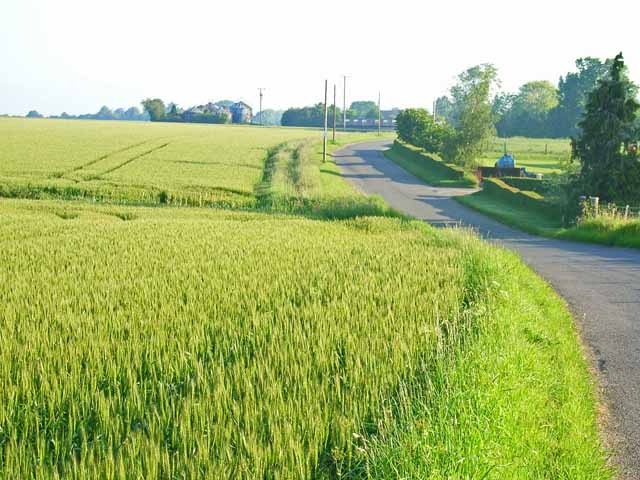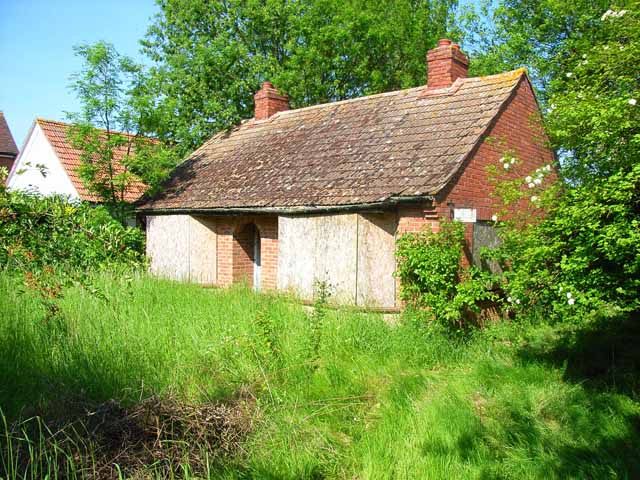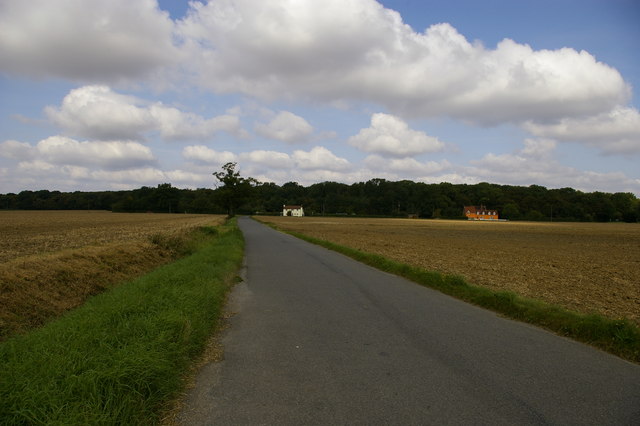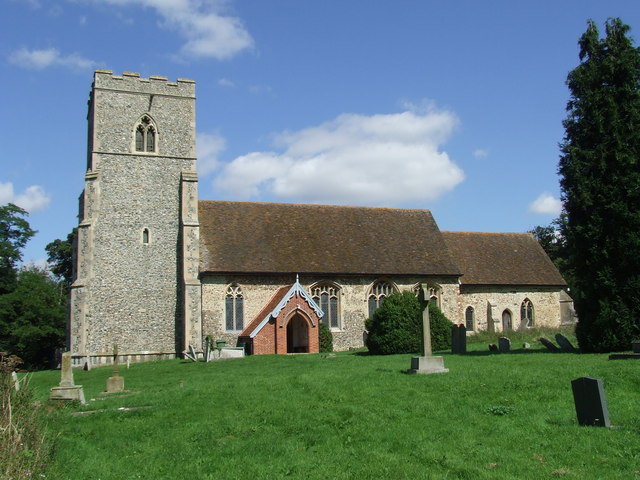Groton Park
Downs, Moorland in Suffolk Babergh
England
Groton Park

Groton Park, located in Suffolk, England, is a picturesque natural reserve that encompasses a diverse array of landscapes including downs and moorland. Spanning approximately 200 acres, this park offers visitors a tranquil escape from the hustle and bustle of everyday life.
The downs in Groton Park are characterized by rolling hills covered in lush green grass, providing a perfect backdrop for leisurely walks and picnics. Visitors can enjoy panoramic views of the surrounding countryside, with glimpses of charming villages and farmland in the distance. The downs are also home to an abundance of flora and fauna, making it an ideal spot for nature enthusiasts and bird watchers.
The moorland section of Groton Park presents a unique landscape with heather-covered hills and meandering footpaths. This area is known for its rich biodiversity, housing a variety of plant species adapted to the moorland environment. The park's moorland is also home to various mammals and birds, including the rare stone curlew and the elusive Dartford warbler.
Groton Park provides ample opportunities for outdoor activities such as hiking, cycling, and horse riding. The well-maintained trails and paths cater to all levels of fitness and offer visitors the chance to explore the park's diverse habitats at their own pace.
With its serene atmosphere and stunning natural beauty, Groton Park is an idyllic destination for those seeking a peaceful retreat in the heart of Suffolk. Whether it's a leisurely stroll through the downs or an adventurous hike across the moorland, visitors are sure to be captivated by the park's enchanting landscapes and abundant wildlife.
If you have any feedback on the listing, please let us know in the comments section below.
Groton Park Images
Images are sourced within 2km of 52.04866/0.86035812 or Grid Reference TL9642. Thanks to Geograph Open Source API. All images are credited.


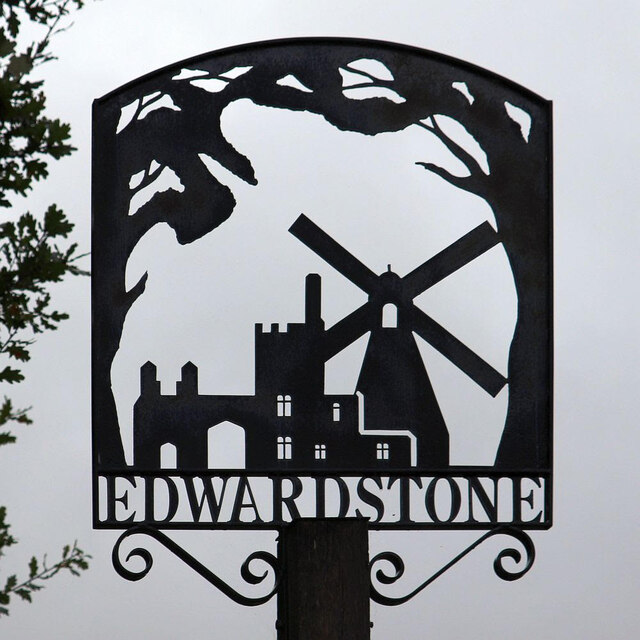
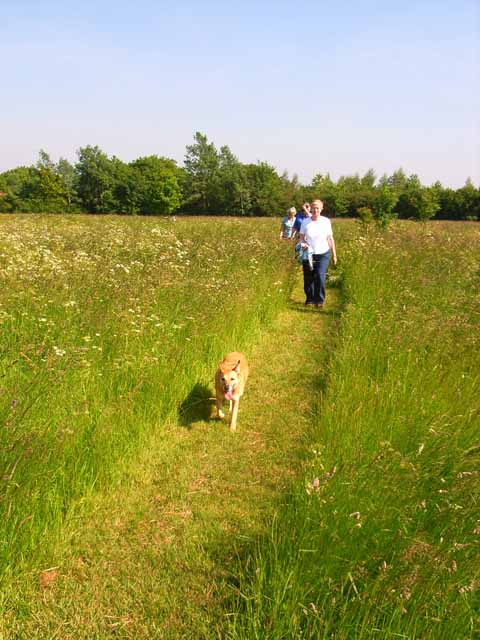
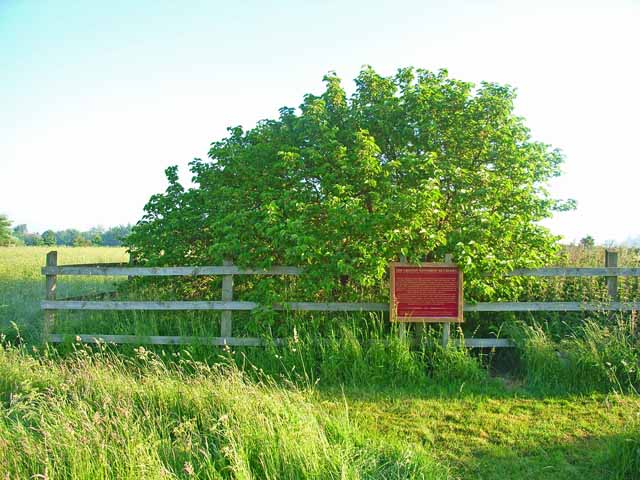
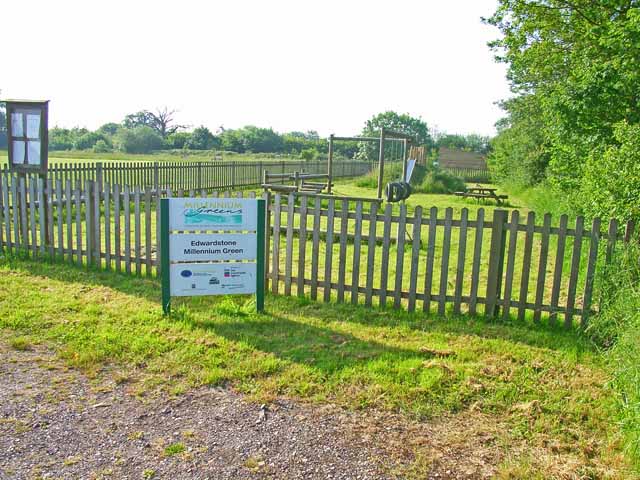
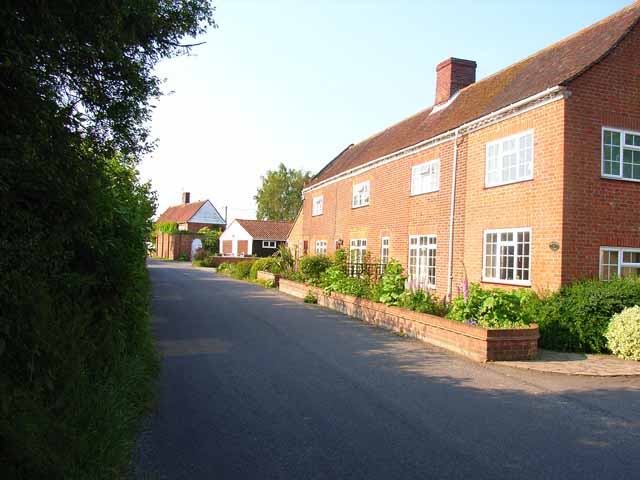
Groton Park is located at Grid Ref: TL9642 (Lat: 52.04866, Lng: 0.86035812)
Administrative County: Suffolk
District: Babergh
Police Authority: Suffolk
What 3 Words
///voter.shrub.lush. Near Great Waldingfield, Suffolk
Nearby Locations
Related Wikis
Groton, Suffolk
Groton is a village and civil parish in the Babergh district, Suffolk, England, located around a mile north of the A1071 between Hadleigh and Sudbury....
Groton Wood
Groton Wood is a 20.2-hectare (50-acre) biological Site of Special Scientific Interest north-east of Groton in Suffolk. It is owned and managed by the...
Boxford, Suffolk
Boxford is a large village and civil parish in the Babergh district of Suffolk, England. Located around six miles east of Sudbury straddling the River...
Milden Thicks
Milden Thicks is a 42.3-hectare (105-acre) biological Site of Special Scientific Interest east of Great Waldingfield in Suffolk, England. It is in four...
Edwardstone
Edwardstone is a village and civil parish in the Babergh district, in the county of Suffolk, England. The parish contains the hamlets of Mill Green, Priory...
Lindsey, Suffolk
Lindsey is a small village and a civil parish, located in mid-to-south Suffolk, under the purview of Babergh District Council. == Layout == The parish...
Edwardstone Woods
Edwardstone Woods is a 27 hectare biological Site of Special Scientific Interest near Edwardstone in Suffolk, England. It is in four areas, Park Wood with...
Milden Castle
Milden Castle was a motte-and-bailey castle on Foxburrow hill in Milden, a village in Suffolk, England. It was built in the 12th century, but today all...
Nearby Amenities
Located within 500m of 52.04866,0.86035812Have you been to Groton Park?
Leave your review of Groton Park below (or comments, questions and feedback).
